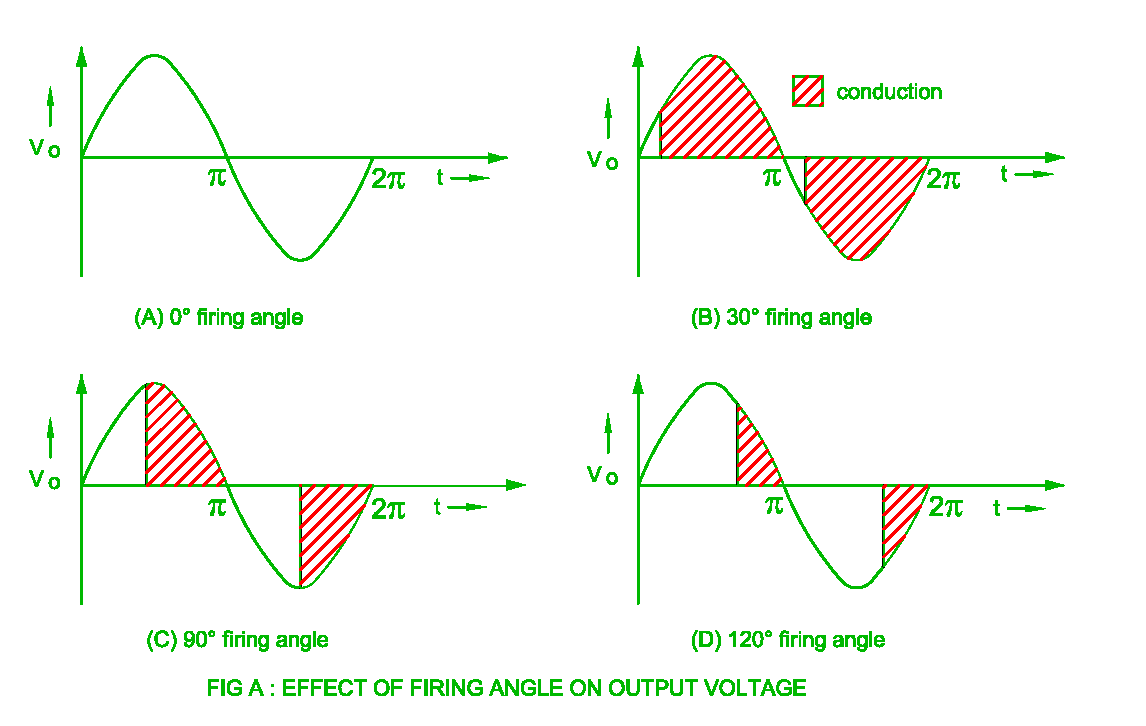No. It's inherent in the type of controller used for treadmills. I have a COTS controller I bought years ago to run one of the PA surplus treadmill motors. It exhibited the same behavior.So forgive my complete and utter ignorance about pretty much anything electrical but...
In my application of attempting to use a treadmill controller board and motor for the sewing machine I am trying to get a foot controlled apparatus made for the potentiometer....
The treadmill motor original circuitry does not start the motor until about 20-30% crank up of the potentiometer but then once it's rolling it can be cranked down some and continue to run. This is not ideal for my sewing machine application as I don’t want too big of a "dead" spot in the pedal travel to start.
So if I use a 5k pot instead of a 10k will that allow more voltage with less travel and there by result in less foot pedal travel to get the motor rolling?
One method of speed control on more sophisticated systems is to measure the back EMF to determine motor speed.
OK. So what the heck does that mean? Back EMF?
Here's the simple explanation. (But long)
If you spin a DC brushed motor and measure the output voltage you will find the faster you turn the motor the higher the generated voltage. They are after all just generators, just like what were on 1964 MGB's for example.
Now ask yourself why a motor turns faster if you apply 12V instead of 6V? Why does it go faster? Especially if there isn't any load on it? (Other than bushing and brush friction). As the motor turns the brushes make contact with new parts of the commutator but the motor is also a generator at the same time inducing voltage in that new winding now connected under the brushes. If that generated voltage (6V) matches the applied voltage (6V) then no current flows through the winding until the motor slows down a tad.
If you apply 12V now there's an extra 6V available to push current into that winding to make the motor spin and spin faster it does. Until the generated voltage equals 12V and we're back to max speed status quo.
Follow so far?
Now there's this thing called static friction and kinetic friction. Initially a voltage like 3V may not be enough to get a 12V motor turning because of the friction. But once you get it to 4V away goes the motor. The trouble is it's now turning at that speed where the windings generate 4V and that's too fast. But because it has momentum and only kinetic friction you can back the voltage to 2V and it turns slowly. Unless you stall it with a load and then it won't restart until the applied voltage is increased.
The controllers use something called Pulse Width Modulation (PWM) to vary the speed. They do this by applying the rectified AC (sometimes filtered with a capacitor) to the motor by noting when the AC crosses 0, waiting a certain amount of time and then turning on an SCR or transistor. At the next zero crossing it's switched off and the delay, controlled by that pot is started again. But that delay might mean the SCR isn't switched on until the AC voltage is too low to start it turning. So the pot is turned until the motor starts with the higher AC voltage but now too fast.
Trouble is the voltage is falling near the end of the delay period but the SCR controllers require the zero crossing part of AC to switch off. If it's totally DC filtered at some value then it's just a matter of applying the full voltage for a period of time and then switching it off. Now each time the motor gets a bump of the full voltage and then it's taken away. If the bump is big enough the motor starts to turn and then coasts. Till the next bump.
A combination of the motor winding inductance (number of turns creates inductance) and the power supply capacitor results in a filtered average voltage. So although you are applying say 90V to the motor the average over the PWM period is 3V and the motor turns slowly.
Now remember that generated voltage which is called Back EMF (Electro Motive Force)? Once the controller turns off the 90V for say 95% of the time it can measure what the generated motor voltage is. If it's zero then it increases the PWM to 10% from 5% and again measures during that dead time. At some point we're seeing a voltage as the motor starts to turn. That target voltage is the set point from that speed control pot. When it starts to be more than the set point the PWM is backed off to 5% again or whatever the pot set point is.
So now you can give the motor a huge kick in the pants to start it moving and once it's moving measure the generated voltage and reduce the impact of the kick in the pants until the generated voltage matches the set point. Done right the motor will just accelerate up to whatever speed setting is chosen. May not even over speed.
If it does that's where PID stuff comes in. Or even encoders or resolvers to measure motor position and speed.
Last edited:

